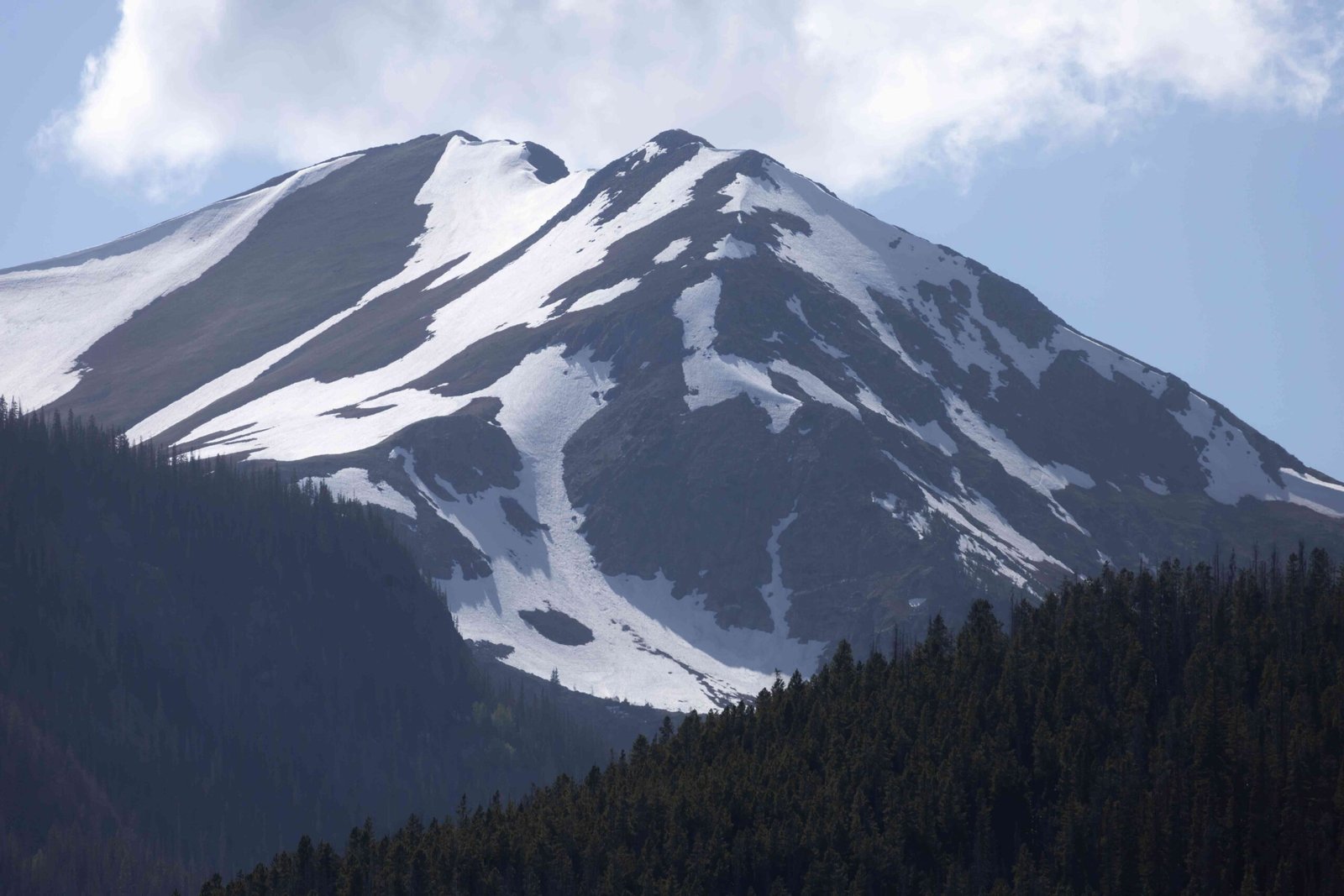The tundra in Rocky Mountain National Park is found at elevations above 11,000 feet (3,353 meters). This high-altitude ecosystem is characterized by harsh conditions, unique flora and fauna, and breathtaking views. The alpine tundra extends from approximately 11,000 feet to the park’s highest point at 14,259 feet (4,346 meters), offering visitors a chance to experience one of North America’s most extreme environments.
What is the Exact Elevation Range of the Tundra?

The tundra ecosystem in Rocky Mountain National Park begins at around 11,000 feet (3,353 meters) above sea level. However, the most accessible and well-known tundra areas are found at even higher elevations:
- Tundra Communities Trail: Approximately 12,000 feet (3,658 meters)
- Alpine Visitor Center: 11,796 feet (3,595 meters)
- Trail Ridge Road (highest point): 12,183 feet (3,713 meters)
The highest tundra areas in the park reach up to 14,259 feet (4,346 meters) at the summit of Longs Peak, the park’s tallest mountain.
How Does the Ecosystem Change with Elevation?

As you ascend through Rocky Mountain National Park, the ecosystem transitions dramatically:
- Montane Zone (5,600-9,500 feet): Forests of ponderosa pine and Douglas fir
- Subalpine Zone (9,000-11,000 feet): Dense forests of Engelmann spruce and subalpine fir
- Alpine Tundra Zone (11,000+ feet): Treeless landscape with low-growing plants
The tundra itself can be further divided:
- Lower Alpine Tundra (11,000-12,000 feet):
- More diverse plant life
- Colorful wildflowers in summer
-
Small shrubs and grasses
-
Upper Alpine Tundra (12,000+ feet):
- Sparser vegetation
- Mostly lichens and mosses
- Rock and scree fields
What Unique Flora and Fauna Can Be Found in the Tundra?
The high-altitude tundra of Rocky Mountain National Park hosts a variety of specialized plants and animals adapted to the harsh conditions:
Flora:
- Alpine forget-me-not
- Alpine sunflower
- Moss campion
- Alpine avens
- Dwarf clover
Fauna:
- Yellow-bellied marmot
- American pika
- Bighorn sheep
- White-tailed ptarmigan
- Rocky Mountain elk (during summer months)
How Can Visitors Access the Tundra Safely?
Accessing the tundra in Rocky Mountain National Park requires careful planning and preparation:
- Trail Ridge Road:
- Highest continuous paved road in North America
- Provides easy access to tundra viewpoints
-
Open seasonally (typically late May to mid-October)
-
Hiking Trails:
- Tundra Communities Trail (0.6 miles round trip)
- Alpine Ridge Trail (0.6 miles round trip)
-
Ute Trail to Tombstone Ridge (4 miles one-way)
-
Safety Considerations:
- Acclimate to the altitude gradually
- Stay hydrated and use sun protection
- Be prepared for rapid weather changes
- Stick to designated trails to protect fragile vegetation
What Are the Challenges of Visiting the High-Altitude Tundra?
Exploring the tundra in Rocky Mountain National Park comes with unique challenges:
- Altitude Sickness:
- Symptoms: headache, nausea, dizziness
- Prevention: Gradual ascent, proper hydration
-
Recommendation: Descend if symptoms persist
-
Weather Extremes:
- Sudden temperature drops
- Strong winds (can exceed 100 mph)
- Afternoon thunderstorms (common in summer)
-
Potential snow year-round
-
UV Exposure:
- Increased UV radiation at high altitudes
-
Use sunscreen, sunglasses, and protective clothing
-
Physical Exertion:
- Thin air makes physical activities more challenging
- Take frequent breaks and pace yourself
How Does Climate Change Affect the Tundra Ecosystem?
The high-altitude tundra in Rocky Mountain National Park is particularly vulnerable to climate change:
- Temperature Increases:
- Longer growing seasons
-
Shift in plant species composition
-
Precipitation Changes:
- Altered snowpack patterns
-
Potential drought stress on vegetation
-
Wildlife Impact:
- Changes in migration patterns
-
Shifts in habitat ranges
-
Treeline Advancement:
- Potential encroachment of trees into tundra areas
- Reduction of open tundra habitat
Researchers at Rocky Mountain National Park are actively monitoring these changes to better understand and manage the impacts on this fragile ecosystem.
What Are the Best Times to Visit the Tundra?
The optimal time to visit the tundra in Rocky Mountain National Park depends on your interests:
- Summer (July-August):
- Peak wildflower season
- Most wildlife activity
- Warmest temperatures
-
Highest visitation
-
Fall (September-early October):
- Fall colors in lower elevations
- Elk rutting season
- Fewer crowds
-
Potential for early snow
-
Winter and Spring:
- Limited access due to road closures
- Snowshoeing and cross-country skiing opportunities in lower elevations
| Season | Pros | Cons |
|---|---|---|
| Summer | Wildflowers, wildlife, warm weather | Crowds, afternoon thunderstorms |
| Fall | Fall colors, elk rut, fewer people | Colder temperatures, early snow possible |
| Winter/Spring | Solitude, winter sports | Limited access, extreme weather |
Remember that Trail Ridge Road, the primary access to many tundra areas, is typically open from late May to mid-October, weather permitting.
By understanding the unique characteristics and challenges of the high-altitude tundra in Rocky Mountain National Park, visitors can safely explore and appreciate this remarkable ecosystem. Whether you’re interested in photography, wildlife watching, or simply experiencing the raw beauty of the alpine environment, the tundra offers unforgettable experiences at elevations ranging from 11,000 to over 14,000 feet above sea level.
References:
1. Rocky Mountain National Park – Wikipedia
2. Ecology of Rocky Mountain National Park | U.S. Geological Survey
3. Park Statistics – Rocky Mountain National Park (U.S. National Park Service)
